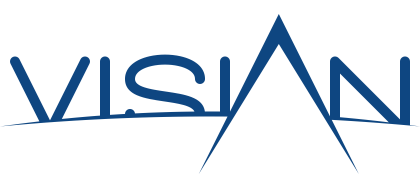The Agile methodology is a series of practices that can help us to shape our approach to project management. We touched on this topic in a recent article. There we talked about a few of these methodologies applied to software development. Today we want to discuss with more detail the Agile methodology. We want to focus […]


Leave a Reply